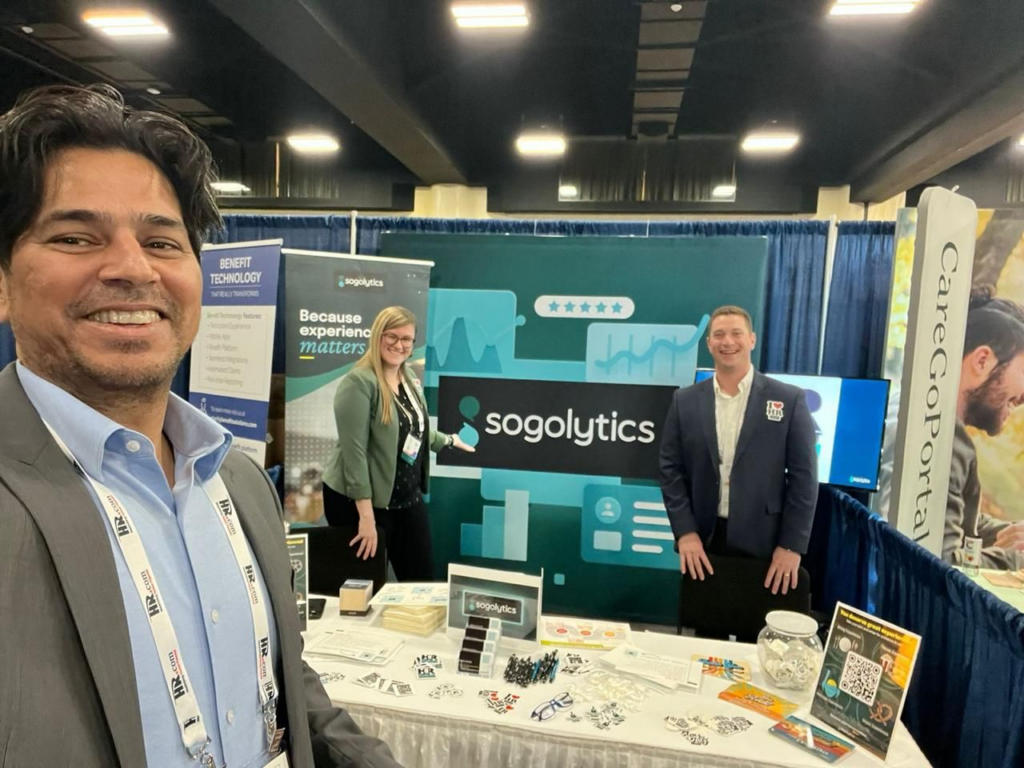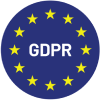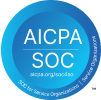Community engagement drives collaboration, fosters transparency, and unites school communities around shared goals. When families, staff members, students, and even members of the broader community are given opportunities to share their feedback, district and school leaders gain valuable insights that lead to more comprehensive and informed decision-making.
This inclusiveness often leads to policies and practices that better address the needs of the entire district community, which in turn enhances the quality of education and creates an equitable learning environment.
According to the National School Boards Association (2024), schools that actively engage with their community report improved academic outcomes and stronger community connections as they work collectively toward shared goals.
Moreover, when community feedback is reflected in district actions, trust in leadership grows, resulting in stronger community relationships and heightened support for educational initiatives.
Use Multiple Channels for Inclusive Communication
Districts can encourage and strengthen community involvement through a variety of methods including surveys, focus groups, town hall-style listening sessions, online communication channels, and even advisory councils. These approaches allow districts to gather diverse perspectives from their communities, ensuring everyone has a voice in shaping decisions.
To further foster inclusivity and encourage participation, districts should address common barriers to engagement, such as language differences, scheduling conflicts, and limited awareness of feedback opportunities.
According to the American Association of School Administrators (2023), districts that tailor engagement strategies to the unique needs of their communities and offer multilingual resources, multiple avenues for participation, and flexible meeting times often see higher participation rates. They also get more meaningful, actionable feedback. Providing support like interpretation services, expanded digital access, and varied communication channels helps ensure that all voices are heard and represented.
Building Trust Through Transparency and Inclusion
By taking deliberate actions like these, district leaders can nurture a culture of respect and openness in which community members know their voices truly matter. When stakeholders feel acknowledged and appreciated, they are more inclined to remain engaged and dedicated to the district’s success.
This helps in fostering stronger community connections and creating a collaborative environment that advances student achievement (U.S. Department of Health and Human Services, 2020).
While creating opportunities for engagement is essential, ensuring that the community is both aware of and motivated to take part requires intentional planning and communication. Encouraging consistent participation means going beyond simply asking for input. It involves cultivating relationships, demonstrating that feedback leads to real outcomes, and making engagement accessible to all.
By prioritizing strategies that promote inclusivity, responsiveness, and sustained involvement, districts can transform community engagement from a periodic activity into an ongoing partnership that continuously strengthens schools and supports student success.
Actionable Recommendations to Boost Community Participation
Below, are a few of Sogolytics’ top recommendations to support districts in effectively enhancing and encouraging more meaningful participation:
1. Communicate a clear “why” and build buy-in ahead of time
Before you launch a survey or set of focus groups/forums, take one to two weeks to run a communications campaign that explains why the survey and/or focus groups/forums matter, how the results will be used. When possible, how past feedback has already influenced district decisions.
2. Diverse distribution methods to reach the community
Use the most accessible channels to reach your target audience and boost participation, such as direct emails, open-access links on the district website, targeted SMS messages, social media posts, superintendent or principal newsletters. Or even Wi-Fi–based chat platforms like WhatsApp.
3. Designate time for participation
To make participation easier, schedule dedicated time for survey completion or focus group/forum participation. For students, this could be during homeroom, advisory periods, or reading periods. For staff, this could be during professional development sessions or scheduled staff meetings.
4. Allocate dedicated staffing and resources
District and school leaders should actively champion the survey’s or focus groups’/forums’ importance, with a designated representative at each site leading communication efforts, sharing updates, and reinforcing the value of meeting participation goals.
Districts should designate a central coordinator or team to manage logistics, such as tracking response rates and addressing issues/questions. You can also encourage schools to identify enthusiastic staff (e.g. counselors, teacher leaders) as “data ambassadors” to promote, remind, and help peers.
5. In-person Encouragement and Accountability
Use creative and personalized in-person strategies to boost participation. For example, promote the survey or focus groups/forums during school events or parent nights by displaying QR code flyers, or have staff distribute them to parents in the after-school pick-up line while they wait for their children. These simple, face-to-face reminders can make participation more convenient and engaging.
6. Offer incentives that don’t compromise anonymity
Provide an incentive that motivates participation and fosters a sense of friendly competition. For instance, the district could commit to a group-wide reward—such as hosting a celebratory event or improving a shared resource once a specific participation threshold is achieved.
7. Monitor participation throughout the data collection window
Regularly tracking participation throughout the data collection period is key to ensuring strong response rates and representative feedback. Monitoring progress in real time allows district leaders to identify which schools, groups, or demographics may be underrepresented and take timely action, such as sending reminders, offering additional support, or extending deadlines. Consistent oversight not only improves participation but also helps maintain the integrity and inclusiveness of the data collected.
8. Support data transparency and follow-through
When districts show a clear commitment to using data and communicating results back to their communities, they reinforce that participation is both valued and meaningful. To strengthen this connection, ensure that data drives visible change within the district and make those changes known.
Demonstrate to families, staff, and students that their feedback truly matters by highlighting how their input has shaped decisions, informed planning, and guided improvement efforts. Share these impacts through transparent updates, strategic goals, or accessible visuals such as infographics to illustrate the real outcomes of community engagement.
Sustained community engagement doesn’t happen by chance. It’s built through consistent effort, transparency, and genuine collaboration. When districts prioritize listening, act on the feedback they receive, and communicate openly about results, they strengthen trust and create a shared sense of purpose.
By implementing thoughtful strategies to improve participation and ensure every voice is heard, school leaders can transform engagement from a one-time initiative into a lasting partnership that drives equity, innovation, and student success.
Ultimately, meaningful participation empowers entire communities to work together toward the shared goal of creating thriving, inclusive learning environments for all.
Case Study: Boosting Survey Participation through Strategic Outreach
Overview:
In the fall semester of the 2024–2025 school year, a Texas school district partnered with Sogolytics’ Research and Advisory Services Team to administer their bi-annual school climate survey to students, staff, and families.
As part of this partnership, Sogolytics provided comprehensive project management, overseeing every stage of the survey initiative from initial design and customization to secure distribution, data collection, and in-depth analysis.
Sogolytics’ Research and Advisory Services Team partnered closely with district leadership to ensure that every aspect of the project aligned with the district’s strategic objectives. This collaboration ensured that the survey instrument was thoughtfully designed to reflect the district’s unique priorities and culture, while the overall project strategy supported the district’s specific goal of increasing participation compared to the 2023–2024 survey administrations.
Through targeted communication planning, community engagement, and data-informed recommendations, the team worked to maximize both response rates and the overall quality of feedback collected.
This focused effort to align survey design, communication, and outreach with district goals led to measurable improvements in engagement across the community. Participation grew meaningfully among families, staff, and students, as shown in the following results:
- Parent/Guardian participation increased from 4 percentage points, from 7% to 11%.
- Staff member participation increased 23 percentage points, from 48% to 71%.
- Elementary student participation increased 21 percentage points from 72% to 93%.
- Secondary student participation increased 20 percentage points from 51% to 71%.
Practices to Increase Participation
To expand outreach and accessibility, Sogolytics and the district developed and promoted a comprehensive multi-modal communication plan. The approach ensured that information about the survey reached students, staff, and families through multiple channels, not only raising awareness but also making it easier for the community to participate.
Prior to Launch
Two weeks before the survey went live, the district communication team drafted a statement of purpose that explained what the survey was about, why the district was administering the survey, why it was important for the community to share their feedback.
It also explained how district and school leaders were going to use the data collected. The district shared this information via email, district and school newsletters, and social media.
During Launch
When the survey went live, Sogolytics sent out email invitations and SMS text messages and used reminders throughout the survey window to send follow up emails and text messages to people who had not yet taken the survey.
The district also posted a public URL on district and school webpages, various social media platforms, and sent out the URL and reminders using district and school specific communication platforms.
For student participation, the district communication team worked with principals to ensure there was dedicated class time throughout the survey window where teachers allowed students to take the survey. They also provided an FAQ and facilitator script for teachers to use in case students had questions or difficulty completing the survey.
Sogolytics and the district also partnered to translate the survey into the four most commonly spoken languages of the community to ensure everyone could access the survey in a language that would be easiest for them to understand.
Post Close
Once the survey closed, reports were built, and findings were shared at the administrator level, the district designed district- and site-level infographics of key findings and next steps to share out to the larger community.
These were shared via email, posted in schools, and discussed at staff and student advisory meetings. The purpose of these infographics was not only to share key findings and next steps, but also a source of accountability for district and school leaders to use the collected feedback in their planning.
Conclusion: Achieving Meaningful Immprovements
Put all together, this district’s approach demonstrates how combining effective communication, structured support systems, and consistent follow-up can meaningfully improve engagement and response rates.
By creating clear pathways for involvement and ensuring every participant group had equitable access to the survey, the district strengthened both participation and trust in the feedback process.
Sources
National School Boards Association. (2024). Research: How to engage your community. Retrieved from https://www.nsba.org/ASBJ/2024/october/research—how-to-engage-your-community
National School Boards Association. (2023). Standards for family engagement. Retrieved from https://www.nsba.org/ASBJ/2023/february/standards-for-family-engagement
U.S. Department of Health and Human Services, Administration for Children and Families. (2020). Parent, family, and community engagement framework for early childhood systems. Retrieved from https://files.eric.ed.gov/fulltext/ED609027.pdf












